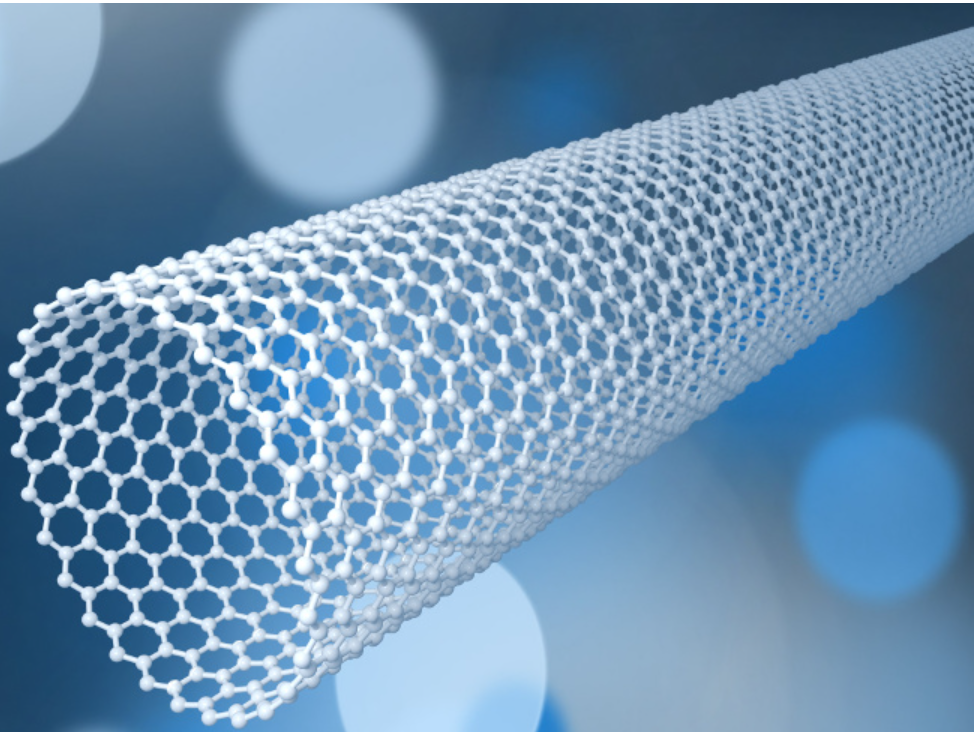Carbon Nanotubes as Absorbing Materials: Revolutionizing Radar Stealth and Electromagnetic Shielding
Carbon nanotubes (CNTs), with their unique combination of electrical, magnetic, and mechanical properties, are emerging as high-performance absorbing materials in advanced stealth technology and electromagnetic interference (EMI) shielding. Their ability to absorb electromagnetic waves efficiently across a wide frequency range makes them indispensable in applications requiring radar invisibility and robust EMI protection.

This article explores the properties, mechanisms, applications, and challenges of CNTs as absorbing materials, focusing on their role in radar stealth technology and EMI shielding.
Key Properties of Carbon Nanotubes for Absorbing Applications
- High Aspect Ratio
- The needle-like shape of CNTs enables excellent wave absorption by creating multiple scattering paths for incident electromagnetic waves.
- Tunable Electrical Conductivity
- CNT conductivity can be adjusted by controlling chirality and doping, optimizing their interaction with electromagnetic waves.
- Dielectric and Magnetic Properties
- Functionalized CNTs exhibit high dielectric constants and magnetic permeability, which are critical for effective wave attenuation.
- Broadband Absorption
- CNTs can absorb electromagnetic waves over a wide frequency range, making them suitable for radar and EMI shielding across multiple bands.
- Thermal and Chemical Stability
- CNTs withstand extreme environments, maintaining performance under high temperatures and corrosive conditions.
Mechanisms of Electromagnetic Wave Absorption
The absorption properties of CNTs are rooted in their ability to convert electromagnetic wave energy into heat or dissipate it through resonance effects:
- Dielectric Loss
- CNTs store and dissipate electromagnetic energy through polarization mechanisms.
- Magnetic Loss
- Magnetic functionalization enhances permeability, allowing CNTs to absorb magnetic components of waves effectively.
- Impedance Matching
- The impedance of CNT-based materials can be engineered to match free space, minimizing reflection and maximizing absorption.
- Multiple Scattering and Interference
- CNTs create complex pathways for wave propagation, increasing absorption through repeated scattering and destructive interference.
Applications of CNTs in Absorbing Materials
1. Radar Stealth Technology
- Application: CNT-based coatings on military vehicles, aircraft, and ships to reduce radar cross-section (RCS).
- Example: CNT-polymer composites can absorb over 90% of incident radar waves in the X-band (8–12 GHz).
- Advantage: Lightweight and flexible coatings with superior absorption across wide angles of incidence.
2. Electromagnetic Interference (EMI) Shielding
- Application: CNT-infused materials for protecting electronic devices from EMI in aerospace, automotive, and consumer electronics.
- Example: CNT composites with a shielding effectiveness (SE) exceeding 60 dB at GHz frequencies.
- Advantage: Durable, lightweight, and environmentally friendly alternatives to traditional metal-based shields.
3. Microwave Absorbers
- Application: CNT-based absorbers for anechoic chambers and communication systems.
- Example: CNT foams with high absorption rates in the Ku-band (12–18 GHz).
- Advantage: Customizable absorption for specific frequency ranges.
4. Wearable Electronics and Textiles
- Application: CNT-functionalized fabrics for personal EMI shielding and stealth applications.
- Example: Lightweight cloaks or uniforms for military personnel that reduce radar detectability.
- Advantage: Flexible and breathable materials with integrated absorption properties.
Case Studies
1. CNT-Coated Aircraft Panels
- Aircraft panels coated with CNT composites demonstrated a 70% reduction in radar reflectivity across multiple bands.
- Result: Improved stealth capabilities without adding significant weight.
2. EMI Shielding for Consumer Electronics
- CNT-polymer films used in smartphones and laptops reduced EMI by over 95%.
- Result: Enhanced device performance and compliance with regulatory standards.
3. CNT-Based Radar Absorbing Paint
- Radar absorbing paint containing CNTs achieved absorption levels exceeding 30 dB in the 2–18 GHz range.
- Result: Effective integration into stealth systems for ground and naval vehicles.
Market Potential and Opportunities
Market Drivers
- Increasing demand for stealth technologies in defense and aerospace.
- Growing EMI concerns in densely packed electronic environments.
- Advances in CNT production and functionalization techniques.
Market Size and Projections
- The global market for radar absorbing materials is expected to grow at a CAGR of 7.5% from 2023 to 2030, with CNTs capturing a significant share due to their performance advantages.
- The EMI shielding market is projected to reach $10 billion by 2030, driven by the need for lightweight and effective solutions.
Challenges in CNT-Based Absorbing Materials
- Cost of CNT Production
- High costs of producing high-purity CNTs hinder widespread adoption.
- Dispersion Challenges
- Achieving uniform dispersion of CNTs in composites is critical for consistent absorption performance.
- Environmental and Safety Concerns
- Potential health risks associated with CNT handling and disposal need to be addressed.
- Scalability for Large Structures
- Scaling up CNT-based coatings for large-area applications requires advanced manufacturing techniques.
- Durability and Aging
- Ensuring long-term stability of CNT coatings under harsh environmental conditions is crucial.
Future Directions
- Hybrid Materials
- Combining CNTs with graphene, magnetic nanoparticles, or polymers for enhanced absorption properties.
- Cost Reduction
- Developing economical methods for large-scale CNT production, such as chemical vapor deposition (CVD).
- Advanced Coating Techniques
- Exploring 3D printing and spray-coating methods for efficient application of CNT composites.
- Multifunctional Materials
- Creating CNT-based materials with dual functionalities, such as EMI shielding and thermal management.
- Eco-Friendly Solutions
- Investigating biodegradable and recyclable CNT composites to reduce environmental impact.
Conclusion
Carbon nanotubes are redefining the landscape of absorbing materials with their superior wave attenuation, lightweight structure, and adaptability. From radar stealth to EMI shielding, CNTs are enabling next-generation solutions for critical industries such as defense, aerospace, and electronics.
While challenges remain in cost, scalability, and environmental impact, ongoing research and innovation in CNT technology are paving the way for broader adoption. As CNT production becomes more efficient and functionalization techniques improve, their role in electromagnetic wave absorption will continue to grow, driving advancements in stealth technology and EMI protection.

